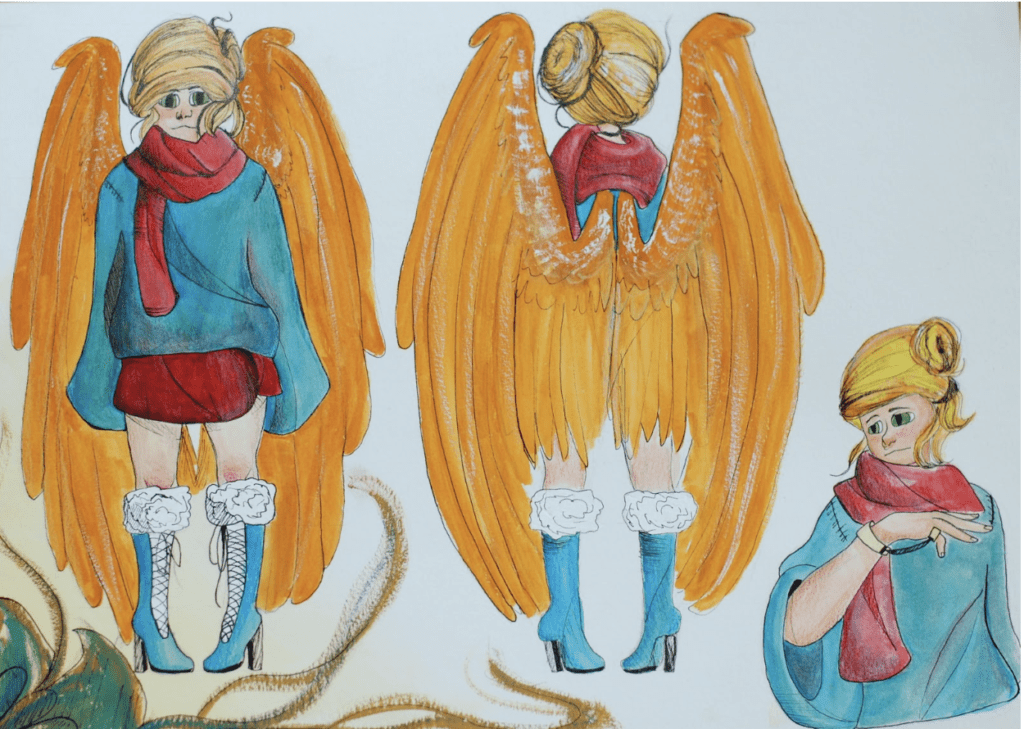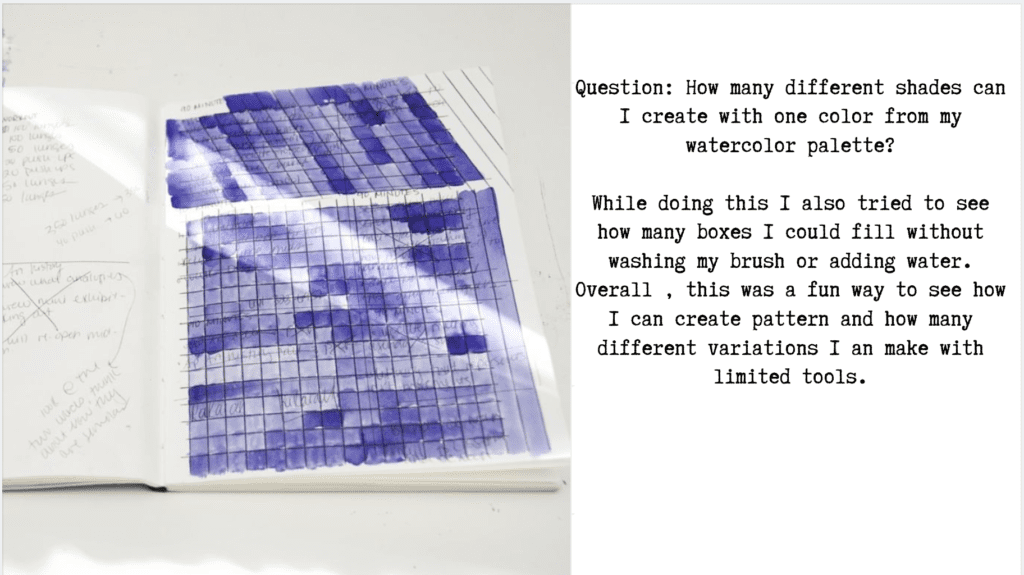How to Prepare for AP Art

Did you know that the portfolio requirements for AP Studio Courses are changing?
- In the past, students submitted 24 pieces. 12 breadth and 12 concentration. Moving forward, students will submit 15 pieces. All 15 pieces will be focused on sustained investigation. Meaning that all 15 pieces that demonstrate sustained investigation around questions asked by the student.
- Previously a lot of the focus was on finished pieces, moving forward the college board is putting more emphasis on process. This means that students don’t need to submit 15 finished pieces. The 15 pieces can be finished works, as well as images from their sketchbooks that demonstrate planning, discovery, and thought process.
- In past years, students wrote a concentration statement and commentary about their concentration. Now students will reflect more on their ideas, the questions that they are asking, and discuss how they’ve developed solutions.
In many ways, the new standards are moving towards having AP students think and act more like artists. It’s also allowing more time and space for experimentation and discovery.
If you’re thinking about taking an AP course next year and want to begin to prepare, here are some ideas to get you started.
- As you work in your sketchbook, if you don’t already, take a few extra minutes each time and write some notes reflecting on what you were thinking about.

2. Part of the AP Course is asking questions and then exploring the answers through the work that you create. It can be hard to think of questions that you want to ask. Or, you might find yourself asking questions that are too complicated. Start by making a list of things that you’re interested in exploring through your art. Here are some examples: people, dreams, and emotions. Now take those ideas and write questions about them.
- What makes each person look unique?
- How many different ways can I draw the same person?
- How does color impact the meaning and feeling of a portrait?
- How does the medium that I use impact what my piece looks like?
- Can I have people describe their dreams to me and then I draw them? What would that look like?
- How do color and emotion relate?
- How do line and shape relate to color?
Next, take the questions that you’ve drafted and start to explore what the answer looks like in your sketchbook.
If you want to see the full details from the College Board about the changes, you can view them here.
[selz link=”http://selz.co/1DqFMA2″ type=”widget” action=”view” interact=”modal” button_text=”View” fluid_width=”true” show_description=”true” background_color=”#7959c7″ text_color=”#ffffff” chbg_color=”#7959c7″ chtx_color=”#ffffff”]